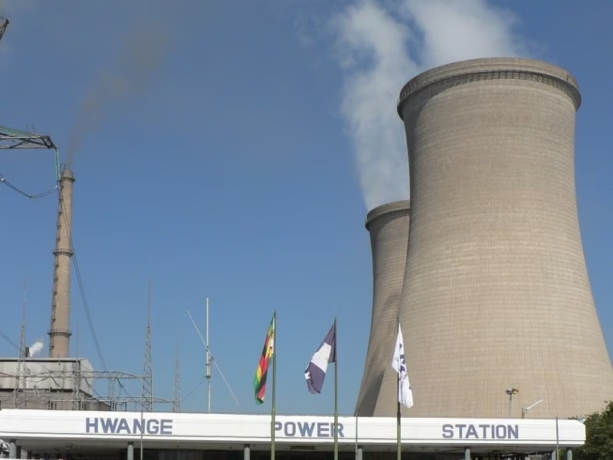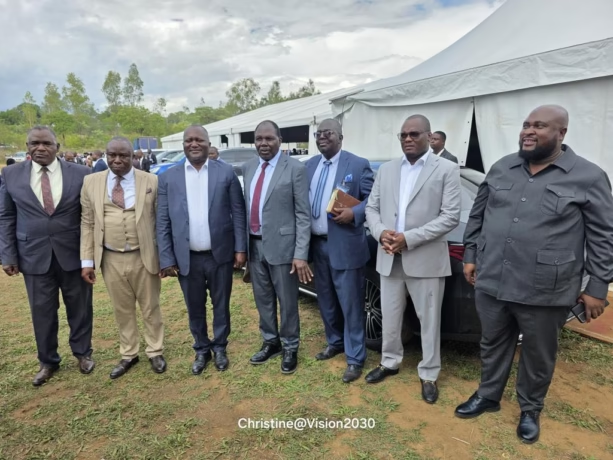
A reported Munhenzva bus accident that left four dead and 13 injured, if confirmed, spotlights the chilling persistence of road safety risks in Zimbabwe’s transport sector and raises urgent questions about regulation, driver management, and public accountability
While some reports suggest four fatalities, corroborating sources for these numbers remain elusive, Neither major news agencies nor police statements have independently confirmed the “four dead, 13 injured” tally, raising concern over initial information accuracy and the danger of misinformation amid tragedy, Meanwhile, past crashes involving Munhenzva buses have typically involved tyre bursts and loss of control (news.pindula.co.zw)
If indeed four lives were lost, this is not just another headline, It would represent a grievous blow to Zimbabwe’s public transport safety record, particularly given that cross-border and long-distance buses frequently operate under intense pressure, covering long routes with little margin for error, The recurring nature of Munhenzva accidents underlines structural issues, older fleets, driver fatigue, inadequate vehicle inspections, and lapses in regulatory enforcement
Road safety experts say that without systemic reform, such accidents will continue to claim lives and shake public confidence, especially in long-haul passenger transport, Zimbabwe’s traffic safety frameworks must be sharpened to mandate stricter maintenance checks, guarantee driver rest periods, enforce speed limits, and increase public accountability around transport operators
The government and transport authorities must also prioritize transparent reporting, In the absence of clear, reliable facts, speculation fuels fear, Families of victims deserve clarity and justice, while the public deserves assurance that action will follow, If fatality numbers are confirmed, the accident should trigger a full-scale inquiry, not just a response, but a reckoning
Ultimately, the Munhenzva crash represents more than immediate tragedy, it is a test of Zimbabwe’s commitment to transport safety reform, to protecting lives, and to building a public system where people can ride buses without praying for survival




